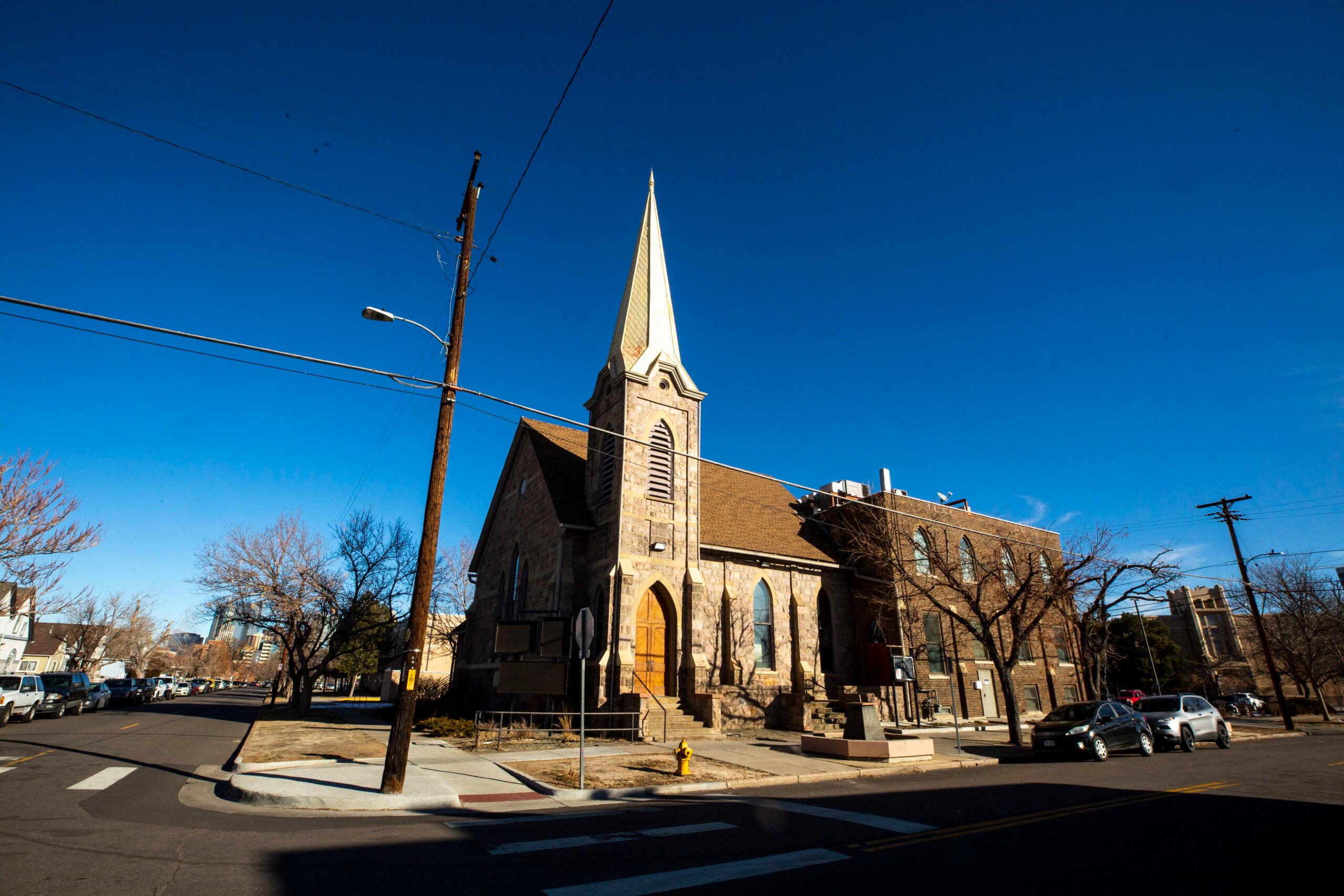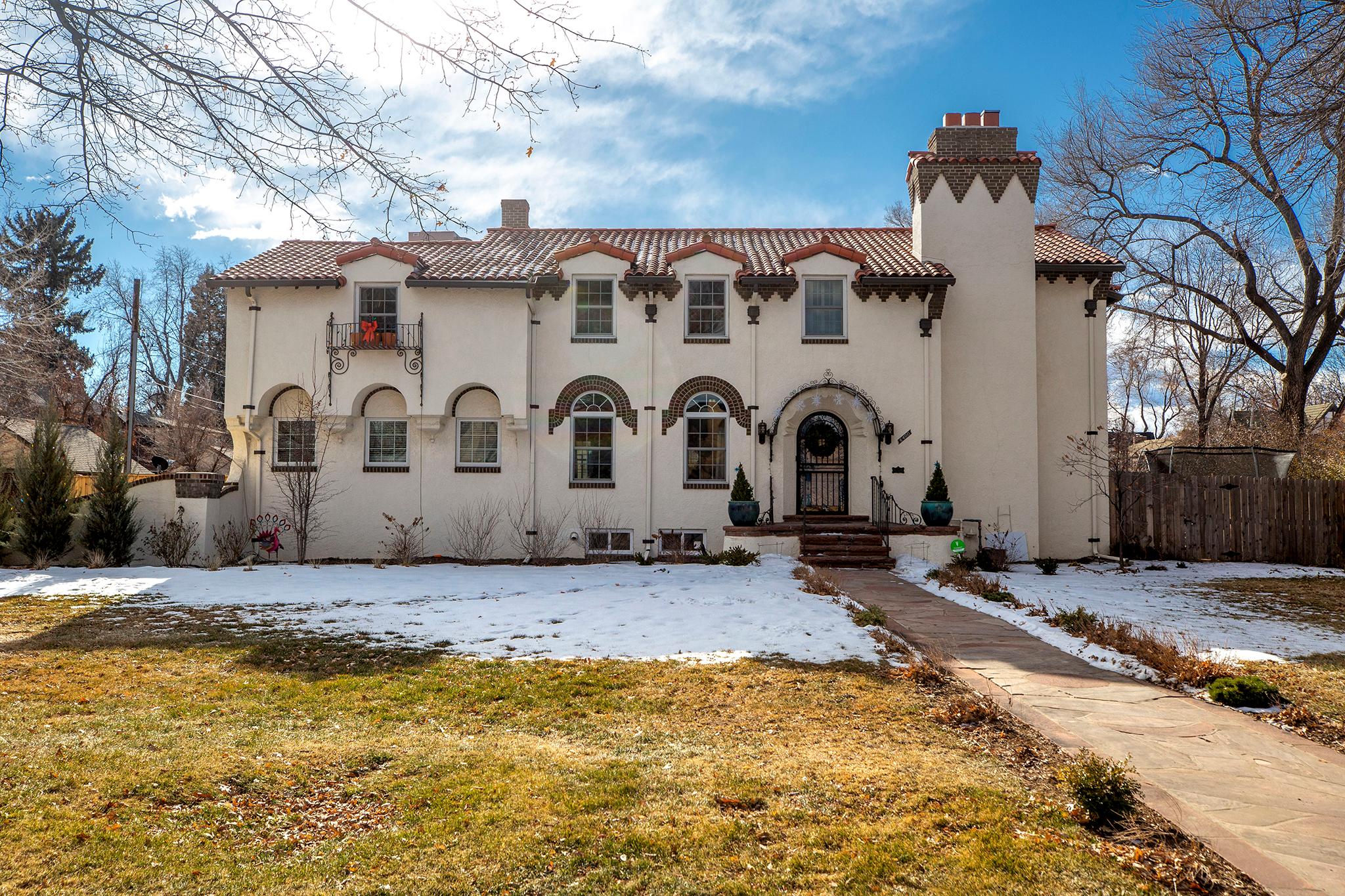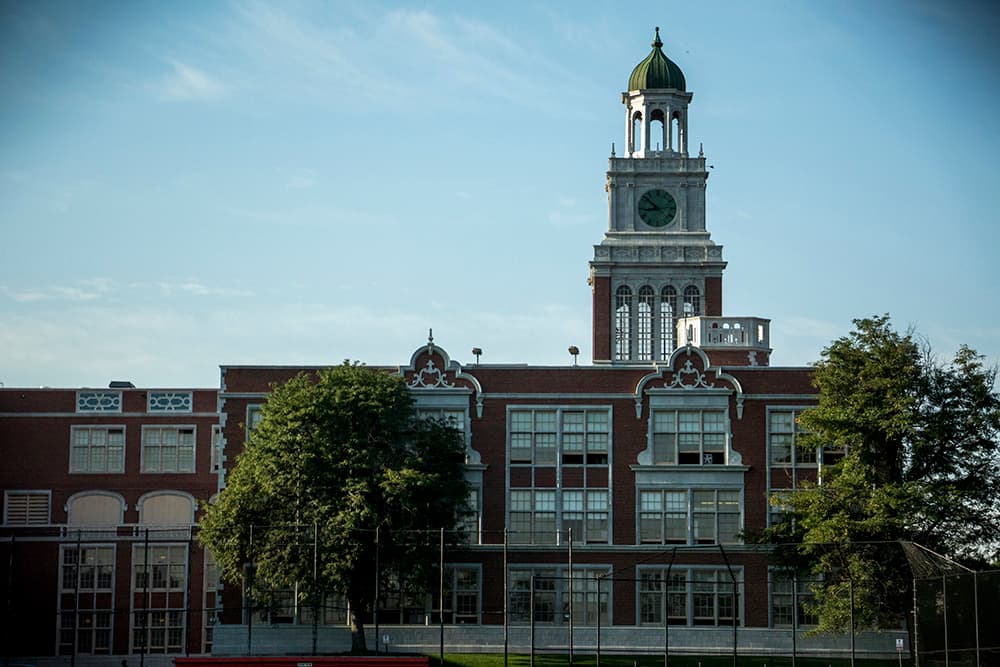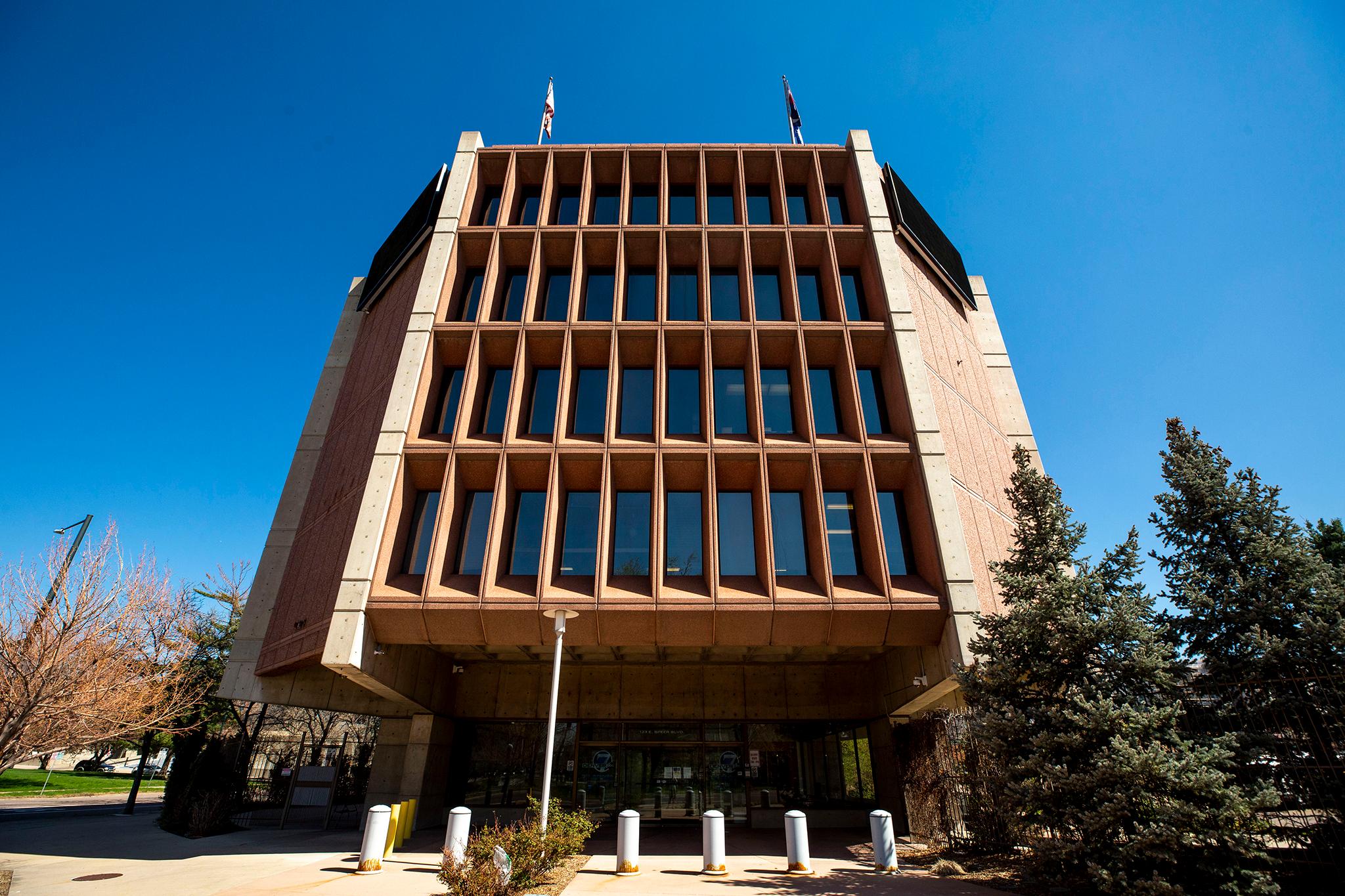The brown, blocky building at 123 Speer Blvd. has sat at its busy city corner since 1969. It's home to Channel 7, Denver's ABC affiliate. The chunky tower reminds drivers on Speer Boulevard when they're about to hit Lincoln Street, a major artery into downtown.
The city's Landmark Preservation Commission, which falls under the planning department's purview, has deemed the building worthy of preservation because it is an example of brutalist architecture, a style born from post-World War II England. Its owner, Scripps Media, doesn't think it's worth preserving and wants to sell the building.
Its fate is ultimately in Denver City Council's hands.
Next week, lawmakers will decide, possibly against the owner's wishes, whether to decree the structure a landmark, or to vote against the Landmark Preservation Commission. Council has only approved a landmark when an owner opposed the designation once before.
To understand how we've reached this point, let us take you down the process for demolishing a building in Denver.
Demolishing a building is a lengthy process that takes months to complete, since they require approval from various city departments and the state. Landmark Preservation Principle Planner Kara Hahn, who works for Community Planning and Development, said a majority of the 600 or so demolition permit applications the city gets every year are approved.
Only a fraction of structures slated for demolition end up getting recommended for landmark preservation, which slams the brakes on the demolition process.
How does the process begin?
It starts when a property owner files either a demolition permit or a certificate of demolition eligibility. The former is a straight-up request to knock something down; the latter is basically a precursor for a demolition permit, signaling that an owner might want to knock a building down in the future. If the eligibility cerfiticate is approved, it provides a five-year window that avoids further study from the city's Landmark Preservation staff, the people that look into whether a structure has landmark value (more on that in a bit).

The demolition eligibility certificate makes it easier for an owner to plan a building's future -- a plan that could, for example, include selling a building to a new owner who might want to knock it down. Hahn said to think of this as an owner doing their due diligence; they may not want to sell something that has serious restrictions.
Once Landmark approves a demolition, the property owner won't need to go back to Landmark staff for review for at least three years.
Why does the Landmark office get involved?
Landmark Preservation staff get involved any time the city gets an application for either a demolition permit or demolition eligibility certificate application, but only for primary structures (so no garages, for example). Staffers usually end up signing off on most buildings, houses, office buildings, etc. Their goal is to figure out whether a building has the potential to be a city landmark. Most don't.
In order for a building to be considered for landmark designation, it must be more than 30 years old or exceptionally important, and structurally intact. After that, it has to meet at least three criteria outlined by the city's landmark laws. There are 10 criteria, ranging from a structure having a direct link to a significant historic event, embodying a specific architectural style, being an established familiar feature in a neighborhood, or being associated with a social movement that contributed to a neighborhood's culture.
Most structures don't meet these criteria. Last year, for example, the city got 597 permits for demolition and demolition eligibility. Just 3.5 percent (or 21 structures) were deemed to have the potential to be landmarks, but the owners weren't interested in having them preserved.
About that: Someone has to apply to preserve a building. Only one of those 21 structures had an application filed to make it a landmark, and that designation ultimately failed. It was also owner-opposed. Sometimes owners will file a preservation application for their property, which is a much smoother process since it's supported by the owner.

Fun fact: The demolition eligibility permit used to be called a "certificate of non-historic status," but Hahn said the city changed that in 2019 because it was a term no one generally understood.
What happens when a building might have landmark value?
Staff will post a report online explaining why it has landmark value and post a sign outside the structure saying it has this potential. This lets the public know, which is important because an application for a landmark designation must be brought forward by at least three city residents. Residents can also file an intent to submit an application, which extends the posting period for a property and makes a stokehold meeting (basically anyone with interest in the potential demolition) mandatory.
Let's go back to our brutalist beauty. After the owners submitted an application for a demolition eligibility certificate for 123 Speer last year, the planning staff got to work. Hahn said they have 10 days to review these applications.
Even someone with a rudimentary understanding of architecture might recognize the building on Speer Boulevard's design as brutalist, a style focused on bold and muscular but unpretentious design often associated with civic buildings. The design aesthetic is pretty controversial, even in the architectural world.
The city's planning department considers the building a potentially significant example of the brutalist style. So that's one thing working in favor of its landmark status. Staff found five more things that would make it qualify, giving it enough to potentially be a landmark.
An application to preserve the building was brought forward earlier this year. The application for preservation was heard by a City Council committee on April 20, which approved it. That sent it to the full City Council, hence next week's vote.
Can a building with a landmark designation still be changed -- or even demolished?
Yes, but Hahn said demolishing a landmark is extraordinarily rare. She couldn't find any landmark structures that had been demolished in the past few years.

Hahn said that's because the landmark designation places restrictions on what can be done to the outside of a building. Technically speaking, a partial demolition could be approved if it meets the restrictions that are in place on a property (so even historic buildings can get a bit of a makeover). If a landmark was recently approved, Hahn said the Landmark Preservation Commission would most likely reject a demolition request.
"The purpose is to help preserve the character of the building, not to preserve it in amber and stop any change," Hahn said. "So you can make changes to the building. It just needs to be compatible with the historic character of the building."
What doesn't require a demolition permit?
Anything less than 200 square feet around and under 8 feet tall doesn't need a permit or inspection from the city. The only instance in which you would need a permit is, yes, you guessed it, if the structure is a landmark or located in a historic district.
So go ahead and knock down that shed in your backyard (maybe wear safety goggles).
What are some examples of landmark structures?
There are 352 structures in Denver deemed landmarks.

They include familiar places like East High School, the Bluebird Theater and Union Station.
There are places you may not have heard of or seen, including Cableland, the former home of Bill Daniels, the late cable television magnate and philanthropist. The postmodern mansion became a local landmark in 2019.
Correction: We originally misreported Kara Hahn's title. It's been corrected, and we apologize for the error. We've also clarified the process for submitting an application for a landmark designation.













